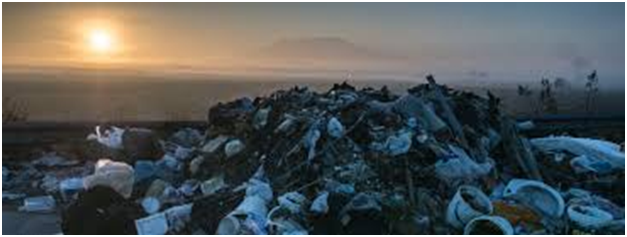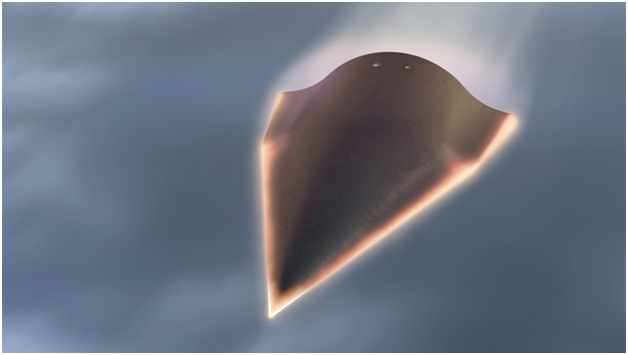My last post was about how the Mafia in Italy was illegally dumping toxic waste including radioactive materials. I focused mainly on the Camorra Mafia in Campania, a southern state of Italy. I briefly mentioned the ‘Ndrangheta Mafia in Calabria, a state in the toe of the Italian “boot.” Today, I am going to delve deeper into the ‘Ndrangheta and the international dumping that is going on. Strict environmental regulations introduced in the 1980s increased the profits for Italian Mafias engaged in illegal dumping.
A damning report issued by the Italian parliament in 1995 suggested widespread institutional support for such illegal dumping. The report found evidence of national and international trafficking in radioactive waste. Businesses and political lobbying groups were operating with the full support some agencies within governments that were members of the European Union as well as governments outside of the Union. The investigators who put the report together experienced threats and interference in their research from individuals within government agencies.
The Italian Ente Nazionale per l’Energia Atomica or ENEA (National Agency for Atomic Energy) is the another national nuclear agency that is charged with both promoting the Italian nuclear industry and protecting the environment. As in many other cases, there have been repeated charges that the ENEA is a little too friendly with the nuclear industry that it is suppose to regulate and a little too lax in the enforcement of environmental regulations.
In 2005, an former member of the ‘Ndrangheta published claims in an Italian magazine that the ‘Ndrangheta had deliberately sunk at least thirty ships including some that were carrying radioactive waste. The magazine article triggered serious investigation of radioactive waste handling. Legitimate waste disposal firms were swept up in the investigation. Over a period of two decades, there have been over thirty questionable sinking of ships in the Mediterranean Sea. Sometimes ships with suspicious cargos sank in fair weather with no signal for help. Often, the crews just vanished.
The informant claimed that a manager with the ENEA paid the ‘Ndrangheta to dispose of six hundred drums of toxic and radioactive waste that originated in Italy, Switzerland, France, Germany and the United States. The ship carrying the waste was sent to Somalia where the waste was buried after the local officials were bought off. Other employees of ENEA are suspected of paying off the Mafia during the 1980s and 1990s to dump toxic and radioactive wastes. There were also charges that prominent politicians with ties to major Italian political parties were involved in the illegal dumping schemes and made use of the Italian secret service to hide their activities.
Once again, I have to emphasize that even if it is possible to build safe nuclear reactors and to fuel them and dispose of waste without ecological damage, the problems outlined in this blog indicate that crime syndicates, industries and government agencies often collaborate to skirt nuclear regulations.
Italian Calabrian coast:







